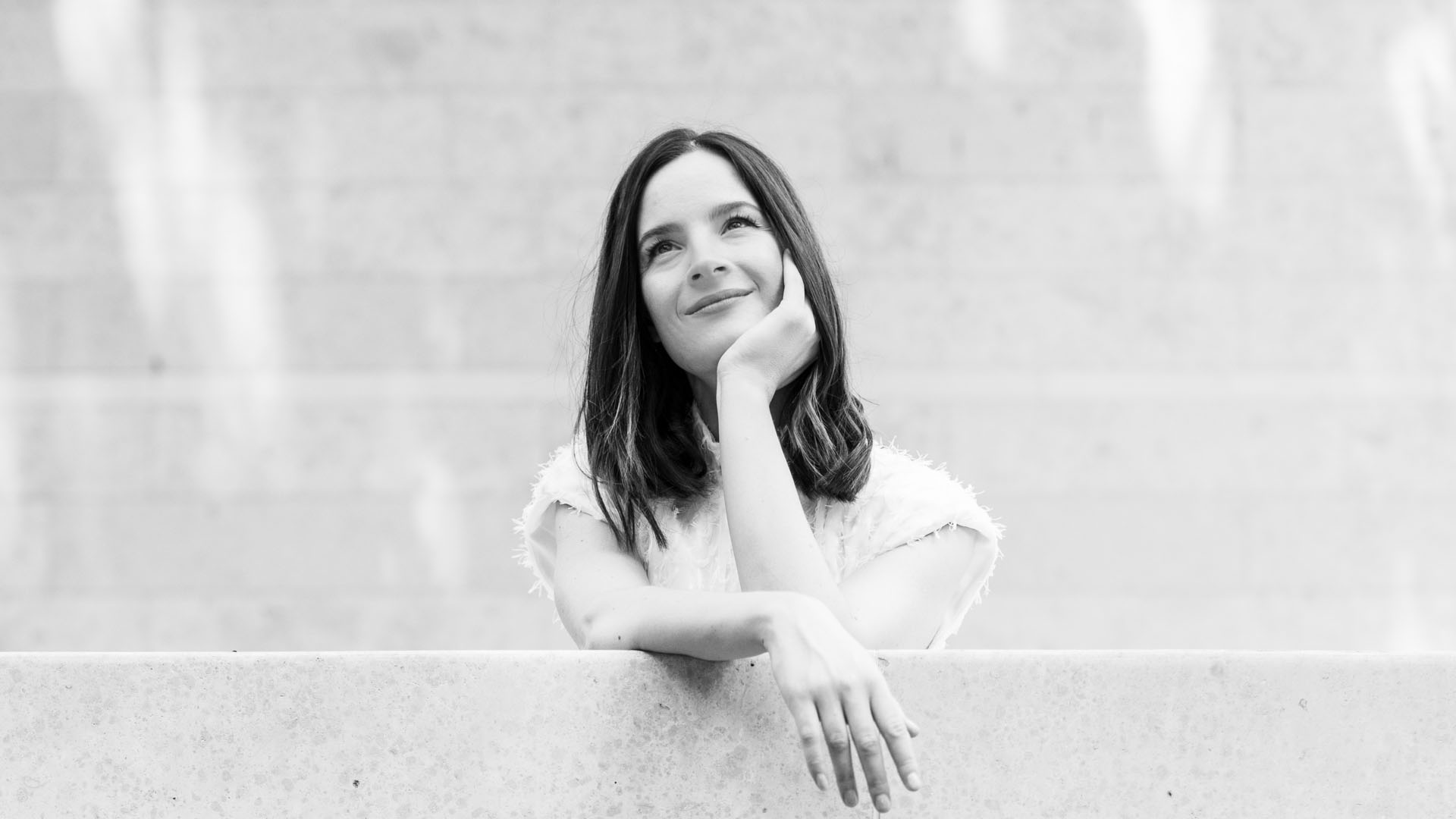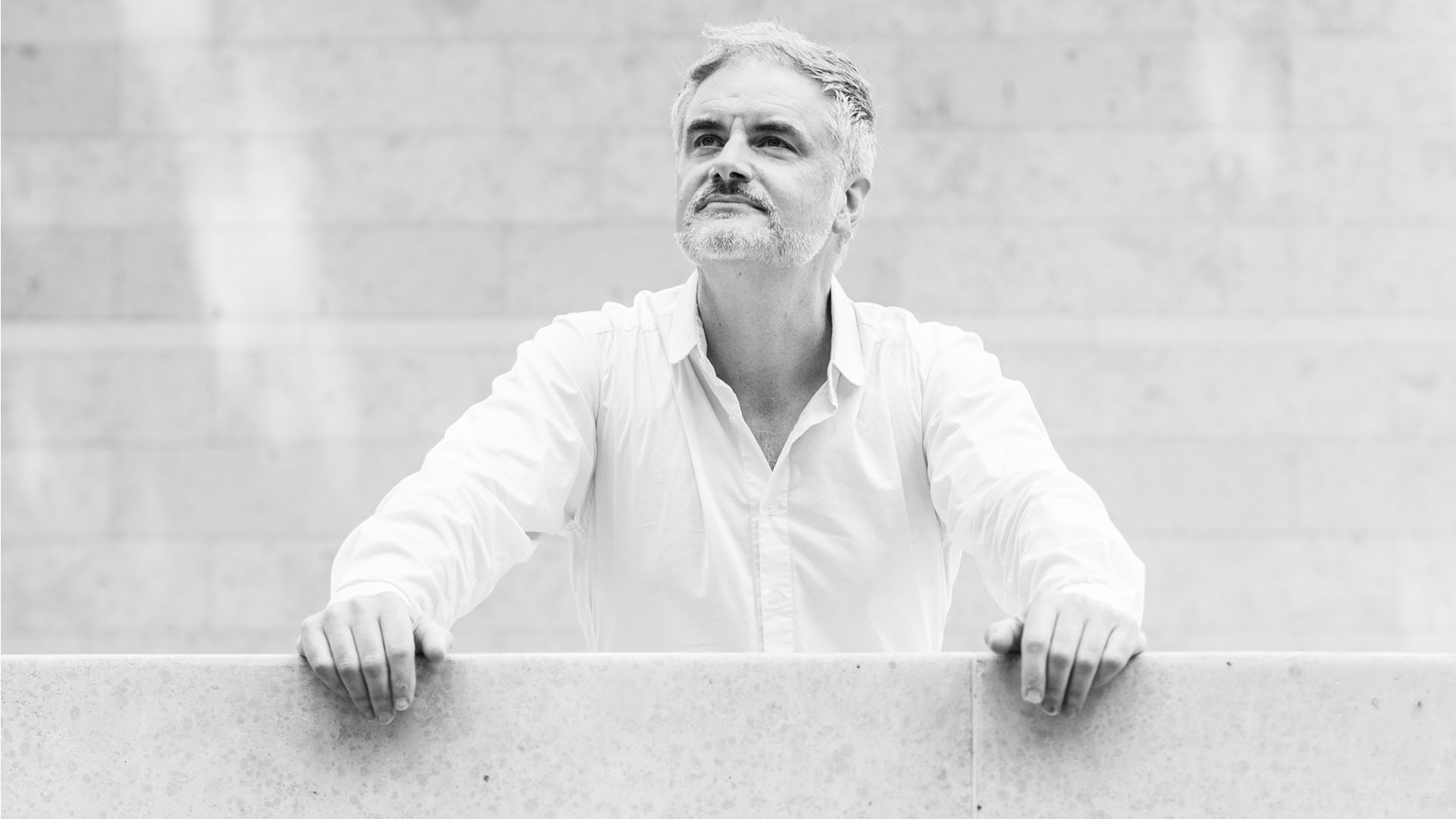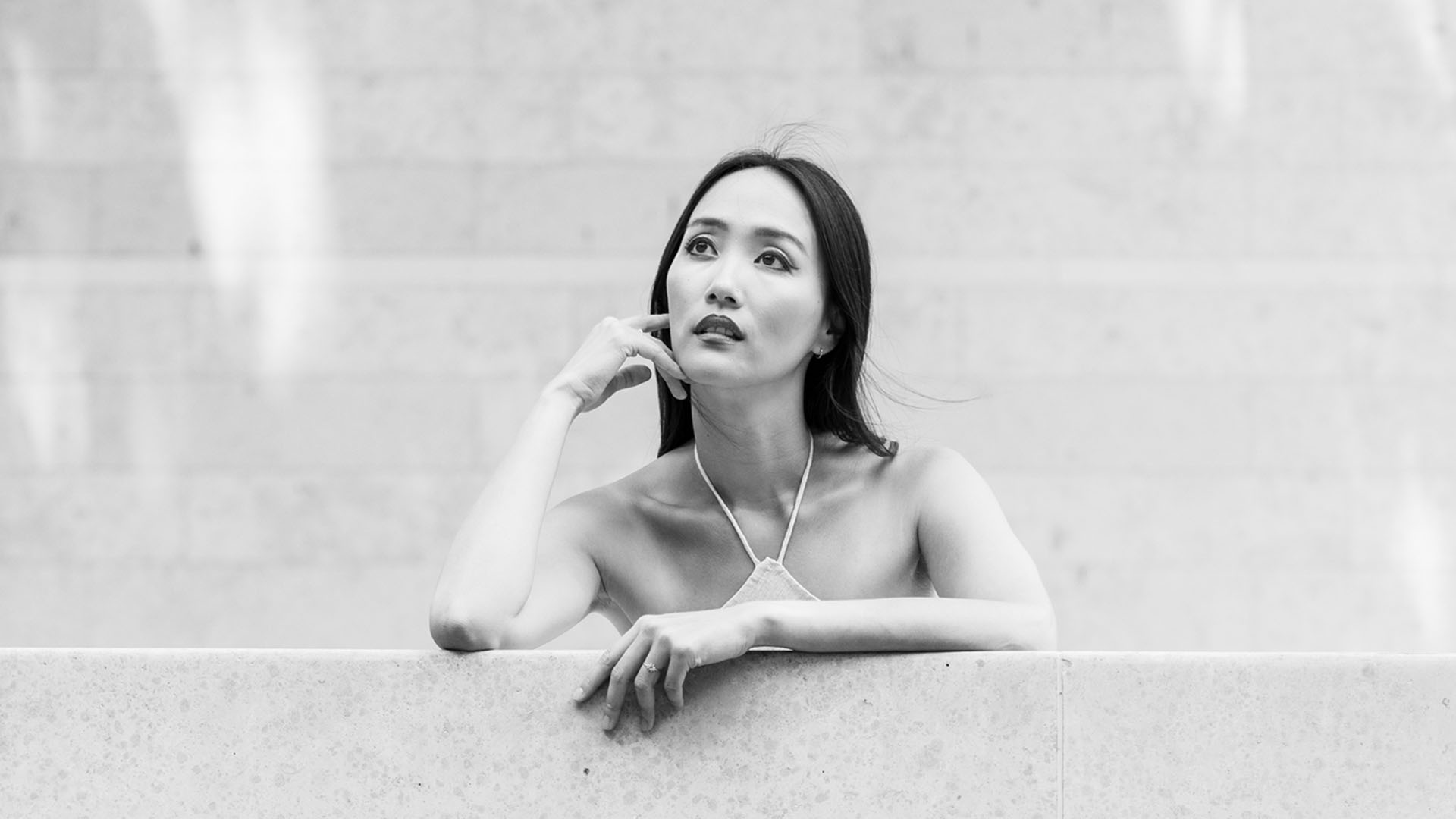To celebrate NZ Music Month, we were offered a very different concert – a collaboration between NZTrio and three young contemporary New Zealand composers. I have never been to a more stimulating concert. It demanded all my concentration. Yet there was satisfaction in exploring new sounds from traditional instruments and listening to the amazing technique of NZTrio. How could they read the musical score, let alone play it with such intensity and speed?…What an achievement by NZTrio! The audience departed excited and elated.
Margot Hannigan – Nelson Mail, 6 May 2015
To celebrate NZ Music Month, we were offered a very different concert – a collaboration between NZTrio and three young contemporary New Zealand composers.
I have never been to a more stimulating concert. It demanded all my concentration. Yet there was satisfaction in exploring new sounds from traditional instruments and listening to the amazing technique of NZTrio. How could they read the musical score, let alone play it with such intensity and speed?
As composer Alex Taylor said, his artistic endeavour is to create discordant and disturbing music, to jolt the audience out of their complacency, to make them “lean forward and draw their own conclusions”.
Each composer chose pieces from past composers who have been a strong influence on their development. Alex Taylor chose a fast and furious piano solo by American composer Nancarrow, then a sensuous duo, Habanera, by Ravel for cello and piano, and Four Pieces for violin by Anton Webern, which explored atmospheric, barely audible harmonics, fast pizzicato, and sounds made with the wooden stick of the violin bow.
Then came his composition Burlesques Mecaniques – a complex suite of ten miniature dances exploring extraordinary mechanical rhythms on a crazy provocative piano, while violin and cello played long lines and discordant harmonies above. Themes were ‘a spanner’, ‘tumbledry’, ‘sisyphus’,’anglegrinder’, leading to a climax of ‘chains’ from which one felt the need to escape, and the final fall of the ‘scaffold’. This was greatly demanding music.
The second composer was Claire Cowan. Composition, she said, was her craft, her survival and her therapy. She chose Hungarian Ligeti and Ravel as her greatest influences. The solo Cello Sonata by Ligeti, performed by Ashley Brown was full of the beauty, always reminiscent of J.S. Bach’s cello suites. Her choice of Ravel was a very rhythmic duet for violin and cello, a duelling contest of triplet rhythms.
Then came her composition for the Trio entitled Ultra Violet. This was an intense and satisfying journey of extraordinary fast flowing rhythm on piano, building to a climax of intensity with muted melody from the strings It was greatly appreciated by the audience.
The last New Zealand composer was Karlo Margetic from Wellington. He too chose a piano solo by Ligeti and Three Little Pieces for Cello and Piano by Webern as his major influences. But his third choice of living Sicilian composer Salvatore Sciarrino’s Capriccio No 2 for solo violin was evocative of lonely landscape and pleasureable bird-like trills, exploring the range and delicacy of sounds made almost inaudibly near the bridge on the violin.
Margetic’s composition “Lightbox” was full of illusions and improbabilities, paradoxically unrelenting, yet at the same time transparent. The piano held the rhythm, while cello and violin skated all over the universe, then faded before descending into a raging torment that was disturbing and destructive of bow hair.
What an achievement by NZTrio! The audience departed excited and elated.
Margot Hannigan – Nelson Mail, 6 May 2015


